Home>Articles>How Do You Know If You Can Use Handheld And Showerhead At Same Time
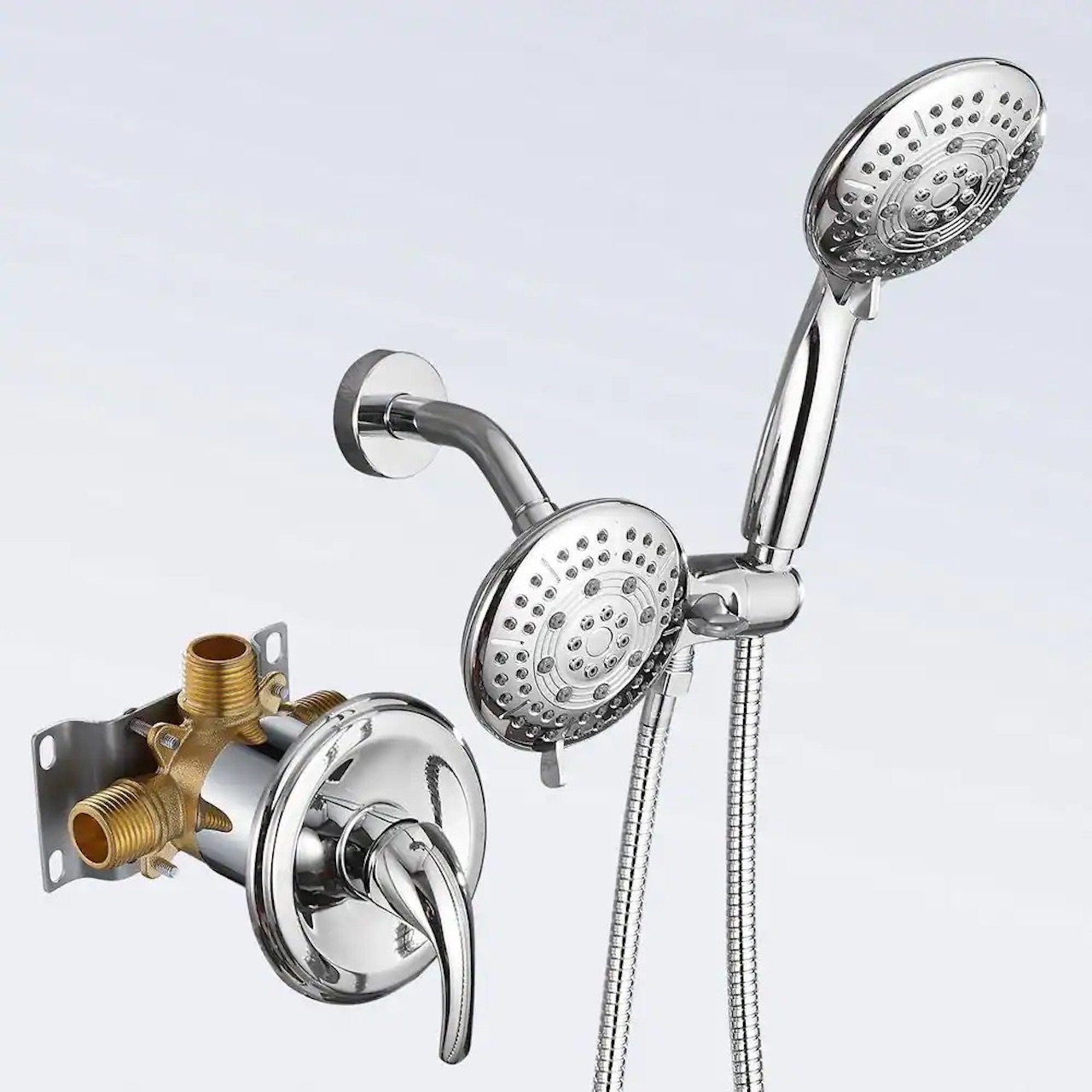

Articles
How Do You Know If You Can Use Handheld And Showerhead At Same Time
Modified: October 18, 2024
Discover if you can use a handheld and showerhead simultaneously with our informative articles. Improve your bathing experience today.
(Many of the links in this article redirect to a specific reviewed product. Your purchase of these products through affiliate links helps to generate commission for Storables.com, at no extra cost. Learn more)
Introduction
Having a relaxing and efficient shower experience is a priority for many homeowners, and one way to achieve this is by using a handheld showerhead. These versatile showerheads offer the convenience of directing water exactly where you need it, whether for rinsing off soap, washing your hair, or even for a refreshing massage. However, many people wonder if it’s possible to use a handheld showerhead and a regular showerhead simultaneously, allowing them to enjoy the best of both worlds. In this article, we will explore the compatibility of using a handheld showerhead and a regular showerhead together and explain how to determine if it’s possible in your specific situation.
Key Takeaways:
- Enjoy a versatile shower experience by using a handheld and regular showerhead simultaneously, but ensure compatibility with your plumbing system and consider water pressure, diverter valve installation, and personal comfort preferences.
- Prioritize water efficiency, maintenance, budget, and local regulations when using multiple showerheads. Consult a professional plumber for expert guidance and create a delightful and rejuvenating shower experience.
Understanding the Water Pressure System
Before we delve into the compatibility of using a handheld showerhead and a regular showerhead simultaneously, it’s essential to understand how the water pressure system in your home works. Water pressure refers to the force with which water flows from your plumbing fixtures. In most residential properties, water pressure is maintained by a combination of gravity and a water pump or city water supply.
The water pressure in your home is typically measured in pounds per square inch (PSI). The standard water pressure for residential properties is around 40 to 60 PSI. However, it’s worth noting that the actual water pressure in your home may vary depending on factors such as the distance from the water source, the size of the plumbing pipes, and any water pressure regulators installed.
When it comes to using a handheld showerhead and a regular showerhead together, the water pressure plays a crucial role. Both showerheads require a sufficient amount of water pressure to function optimally. If the water pressure is too low, you may experience reduced water flow or weak spray from the showerheads.
Therefore, before considering using a handheld showerhead and a regular showerhead simultaneously, it’s important to assess the water pressure in your home. You can do this by measuring the water pressure using a water pressure gauge, which can be purchased at most hardware or home improvement stores. If the water pressure is below the recommended range, it may be necessary to address any underlying issues or make adjustments to your plumbing system before using both showerheads together.
Handheld and Showerhead Compatibility
Now that we understand the importance of water pressure, let’s explore the compatibility of using a handheld showerhead and a regular showerhead simultaneously. In most cases, it is possible to use both showerheads together, but certain factors need to be considered.
Firstly, ensure that both the handheld showerhead and the regular showerhead are compatible with your existing plumbing system. Most modern shower systems are designed to accommodate multiple showerheads, allowing for a combination of styles and functionalities. However, it is always a good idea to check the manufacturer’s instructions or consult with a plumber to verify compatibility.
Additionally, consider the water flow capacity of your plumbing system. If your home has a limited water supply or the plumbing pipes are narrow, using both showerheads simultaneously may result in a decrease in water flow for each showerhead. This can lead to a weaker spray and less satisfying shower experience. To avoid this, make sure your plumbing system can handle the increased water demand by consulting a professional plumber if necessary.
Another factor to consider is the type of shower valves in your bathroom. Many modern shower systems are equipped with diverter valves, which allow you to switch between different showerheads or use them simultaneously. If your shower system doesn’t have a diverter valve, you may need to make adjustments to your plumbing or install a diverter valve to enable the use of both showerheads at the same time.
Ultimately, the compatibility of using a handheld showerhead and a regular showerhead together depends on the specific characteristics of your plumbing system. It is recommended to consult a professional plumber who can assess your plumbing setup and provide guidance on whether it is feasible to use both showerheads simultaneously.
Factors to Consider
When deciding whether to use a handheld showerhead and a regular showerhead at the same time, there are several factors you should take into consideration to ensure a successful and enjoyable shower experience.
1. Water Pressure: As mentioned earlier, water pressure plays a crucial role in the performance of both showerheads. Make sure that your water pressure is within the recommended range for optimal functionality. If the water pressure is too low, it may result in a weak spray or inadequate water flow.
2. Plumbing System: Assess the compatibility of your plumbing system with multiple showerheads. Check if your plumbing is designed to accommodate the installation of both a handheld showerhead and a regular showerhead. Consult a professional plumber if needed to ensure that your plumbing can handle the additional demand of using both showerheads simultaneously.
3. Shower Valves: Check if your shower system has a diverter valve. A diverter valve allows you to switch between different showerheads or use them in combination. If your shower system does not have a diverter valve, you may need to consider installing one to facilitate the use of both showerheads simultaneously.
4. Water Flow Capacity: Consider the capacity of your plumbing system to handle the increased water demand when using both showerheads at the same time. If your home has limited water flow or narrow plumbing pipes, using both showerheads may result in a decrease in water flow for each showerhead. Ensure that your plumbing system can adequately supply water to both showerheads without compromising their performance.
5. Personal Preference: Ultimately, personal preference plays a role in the decision to use both showerheads simultaneously. Consider your own showering habits and preferences. Some people prefer the combination of a handheld showerhead for targeted rinsing and a regular showerhead for a full-body spray, while others may find using both showerheads at once overwhelming. Choose the option that best suits your needs and preferences.
By taking these factors into account, you can determine whether it is feasible and desirable to use both a handheld showerhead and a regular showerhead simultaneously in your specific bathroom setup.
Plumbing Requirements
When considering using a handheld showerhead and a regular showerhead together, it’s important to ensure that your plumbing system meets the necessary requirements to support this configuration.
1. Shower Head Compatibility: Verify that both the handheld showerhead and the regular showerhead are compatible with your existing plumbing system. Check the manufacturer’s instructions or consult with a plumber to ensure that the showerheads can be installed and used together.
2. Shower Valve: Most modern shower systems are equipped with a diverter valve, which allows you to control the flow of water between different showerheads. This valve directs the water between the handheld showerhead and the regular showerhead. If your shower system doesn’t have a diverter valve, you will need to install one to divert the water flow appropriately.
3. Plumbing adjustments: Depending on your bathroom’s current plumbing setup, you may need to make certain adjustments to accommodate the installation of both showerheads. This might involve adding additional pipes or modifying existing ones. Consult with a professional plumber to determine the specific plumbing adjustments required.
4. Water Flow Capacity: It’s crucial to consider your plumbing system’s water flow capacity when using multiple showerheads. Ensure that your water supply can handle the increased demand without compromising water pressure or flow. If necessary, you may need to upgrade your plumbing system or make adjustments to meet the flow requirements.
5. Professional Installation: For complex plumbing requirements, it is advisable to seek the assistance of a professional plumber. They will have the expertise to assess your plumbing system, make any necessary adjustments, and ensure the proper installation of both showerheads.
By considering these plumbing requirements, you can ensure that your bathroom is equipped to accommodate the simultaneous usage of a handheld showerhead and a regular showerhead, providing you with a convenient and customized shower experience.
Check the water pressure in your home. If it’s strong enough, you can use a diverter valve to allow both the handheld and showerhead to be used simultaneously. If the pressure is low, using both at the same time may result in reduced water flow.
Read more: How To Know How Much Water A Showerhead Uses
Installing a Diverter Valve
If your shower system doesn’t have a diverter valve, you will need to install one to enable the simultaneous use of a handheld showerhead and a regular showerhead. Installing a diverter valve may require some plumbing work, but with the right tools and instructions, it can be a manageable DIY project. Here’s a step-by-step guide:
1. Shut off the Water: Before starting any plumbing work, turn off the water supply to the shower. This can usually be done by closing the water valves located near the shower fixtures.
2. Remove the Existing Showerhead: Use an adjustable wrench to unscrew and remove the existing showerhead from the shower arm. This is the pipe that extends from the wall and connects to the showerhead.
3. Prepare the Diverter Valve: Wrap plumber’s tape around the threads of the diverter valve to create a tight seal. This will prevent any leaks in the future.
4. Attach the Diverter Valve: Screw the diverter valve onto the shower arm. Tighten it using an adjustable wrench, ensuring it is securely in place.
5. Connect the Showerheads: Depending on the specific diverter valve you have, it may have two or three outlets. If it has two outlets, connect the handheld showerhead to one and the regular showerhead to the other. If it has three outlets, you can connect both showerheads simultaneously.
6. Test for Leaks: Turn the water supply back on and test the diverter valve by switching between the showerheads. Check for any leaks around the connections. If you notice any leaks, tighten the connections further or consider applying more plumber’s tape.
7. Reattach the Showerhead: Once you are satisfied with the installation, reconnect the showerhead to the diverter valve. Use an adjustable wrench to tighten it securely.
8. Test the Functionality: Open the water valves fully and test the functionality of both showerheads. Ensure that there is sufficient water pressure and flow from each showerhead.
If you are unsure about any step or encounter difficulties during the installation process, it is recommended to seek assistance from a professional plumber to ensure proper installation.
By following these steps, you can successfully install a diverter valve and enjoy the convenience of using a handheld showerhead and a regular showerhead simultaneously.
Testing the Handheld and Showerhead Simultaneously
Once you have installed a diverter valve to facilitate the simultaneous use of a handheld showerhead and a regular showerhead, it’s important to perform a thorough test to ensure everything is functioning properly. Follow these steps to test the functionality:
1. Turn on the Water: Start by turning on the water supply to the shower. Gradually increase the water pressure to a comfortable level. This will allow you to assess the water flow and pressure from both the handheld showerhead and the regular showerhead.
2. Switch Between Showerheads: Use the diverter valve to switch between the handheld showerhead and the regular showerhead. Ensure that there is a smooth transition between the two and that the water flow remains consistent. Pay attention to any unusual noises or vibrations that may indicate an issue.
3. Check for Leaks: While the showerheads are in use, inspect all connections, including the diverter valve and the showerhead attachments, for any signs of leaks. Look for water dripping or pooling around the connections. If you notice any leaks, turn off the water supply and tighten the connections or apply more plumber’s tape as necessary.
4. Assess Water Pressure: Evaluate the water pressure and flow from both showerheads. Ensure that both the handheld showerhead and the regular showerhead are producing adequate water flow and that the pressure is consistent. If you notice any significant differences in water pressure between the two showerheads, it may indicate an issue that needs further investigation.
5. Test Different Settings: If your handheld showerhead or regular showerhead has various spray settings, test each setting to ensure they are functioning correctly. You should be able to switch between different spray patterns without any issues.
6. Consider Water Temperature: As you test the showerheads simultaneously, take note of any changes in water temperature. Ensure that the water remains at a comfortable and consistent temperature throughout the testing process. If you experience fluctuations or inconsistencies in water temperature, it may indicate a problem with your shower control valve.
By thoroughly testing the simultaneous use of the handheld showerhead and the regular showerhead, you can identify any potential issues and address them promptly. This will ensure a seamless and enjoyable shower experience with optimal water flow and pressure from both showerheads.
Additional Considerations
While using a handheld showerhead and a regular showerhead simultaneously can enhance your shower experience, there are additional factors to keep in mind for a successful and efficient setup:
1. Water Efficiency: Using multiple showerheads at once can increase water consumption. Keep in mind the importance of water conservation and consider using low-flow showerheads that are designed to reduce water usage without compromising water pressure.
2. Cleaning and Maintenance: With the addition of multiple showerheads, it’s crucial to establish a regular cleaning and maintenance routine. Check the manufacturer’s instructions for cleaning recommendations and ensure that any buildup or debris is cleared to maintain optimal water flow and performance.
3. Personal Comfort: Experiment with different water flow patterns, spray settings, and combinations of handheld and regular showerheads to find the configuration that provides the most comfort and satisfaction for your individual needs. You may prefer to have one showerhead operating at a time for a more focused experience, or you may enjoy the versatility of using both simultaneously.
4. Budget and Cost: Adding a handheld showerhead and a diverter valve may incur additional costs. Consider your budget and consult with a plumber to estimate the expenses involved in installing the necessary components and making any adjustments to your plumbing system.
5. Be Mindful of Space: Using multiple showerheads may require additional space in your shower enclosure. Ensure that there is enough room for both showerheads to function comfortably without causing any inconvenience or crowding.
6. Local Plumbing Regulations: Check your local plumbing regulations to ensure that using multiple showerheads simultaneously is compliant with the guidelines. Some areas have specific requirements for plumbing fixtures and water flow regulations that need to be adhered to.
By considering these additional factors, you can optimize your use of a handheld showerhead and a regular showerhead together while ensuring water efficiency, comfort, and compliance with local regulations.
Conclusion
In conclusion, using a handheld showerhead and a regular showerhead simultaneously can provide you with a versatile and customizable shower experience. However, it’s important to consider several factors before deciding if this configuration is suitable for your bathroom.
Understanding your water pressure system and ensuring compatibility between the showerheads and your plumbing system are key factors to consider. Installing a diverter valve enables you to switch between the handheld showerhead and the regular showerhead or use them simultaneously. Proper testing of the showerheads and addressing any issues related to water pressure and leaks is essential for a successful installation.
It’s also important to consider your personal comfort preferences, water efficiency, and maintenance requirements when using multiple showerheads. Budgetary considerations and local plumbing regulations should also be taken into account to ensure compliance and avoid any unnecessary costs or issues.
By carefully assessing these factors and making informed decisions, you can create a shower setup that suits your needs and preferences while providing a delightful and rejuvenating shower experience.
Remember to consult with a professional plumber if you have any doubts or need assistance with the installation process. They can offer expert guidance and ensure that the plumbing requirements are met for using a handheld showerhead and a regular showerhead simultaneously.
With the right setup and attention to detail, you can transform your shower into a personal oasis where you can enjoy the benefits of both a handheld showerhead and a regular showerhead, providing a truly refreshing and customizable bathing experience.
Frequently Asked Questions about How Do You Know If You Can Use Handheld And Showerhead At Same Time
Was this page helpful?
At Storables.com, we guarantee accurate and reliable information. Our content, validated by Expert Board Contributors, is crafted following stringent Editorial Policies. We're committed to providing you with well-researched, expert-backed insights for all your informational needs.
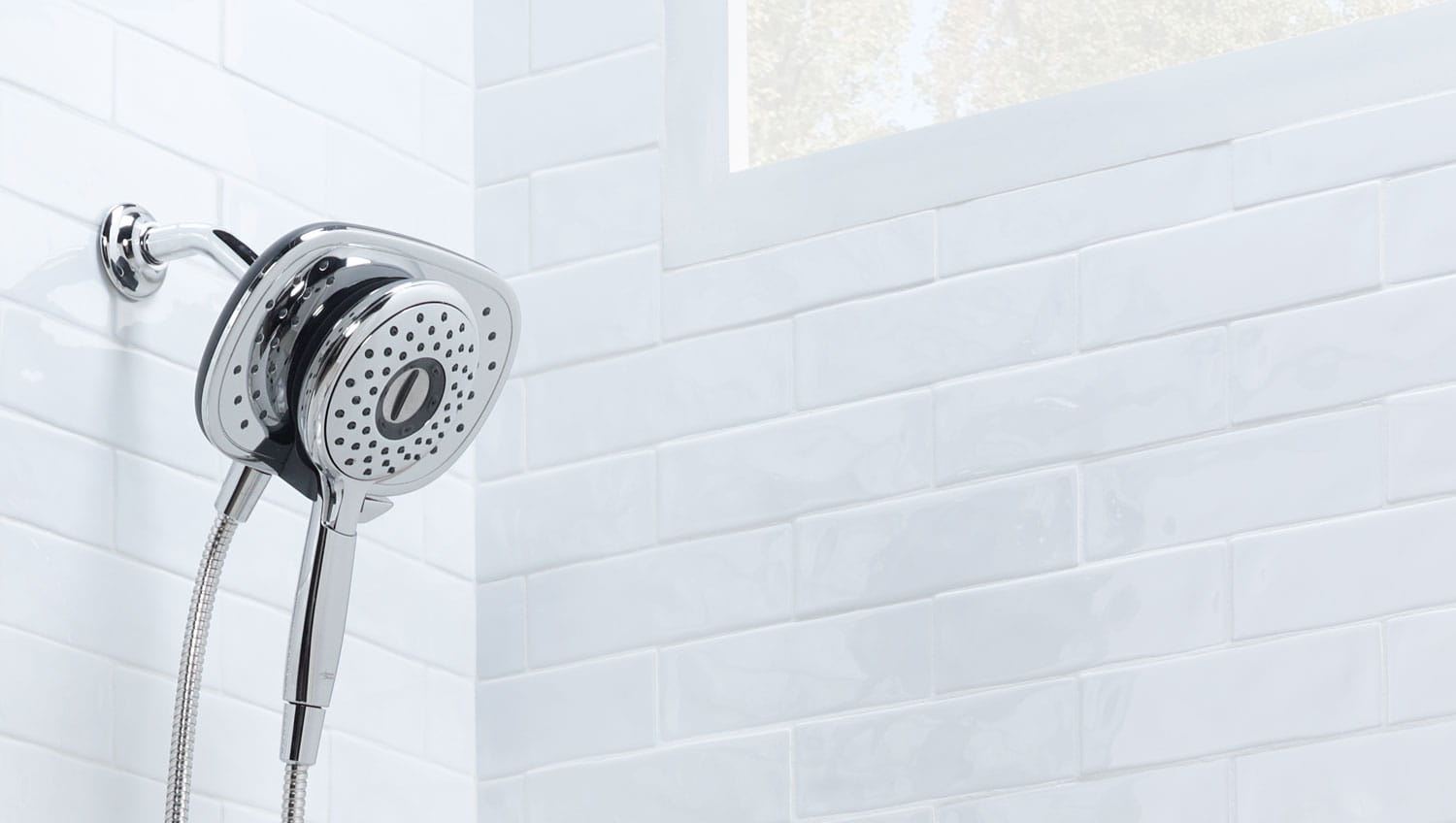
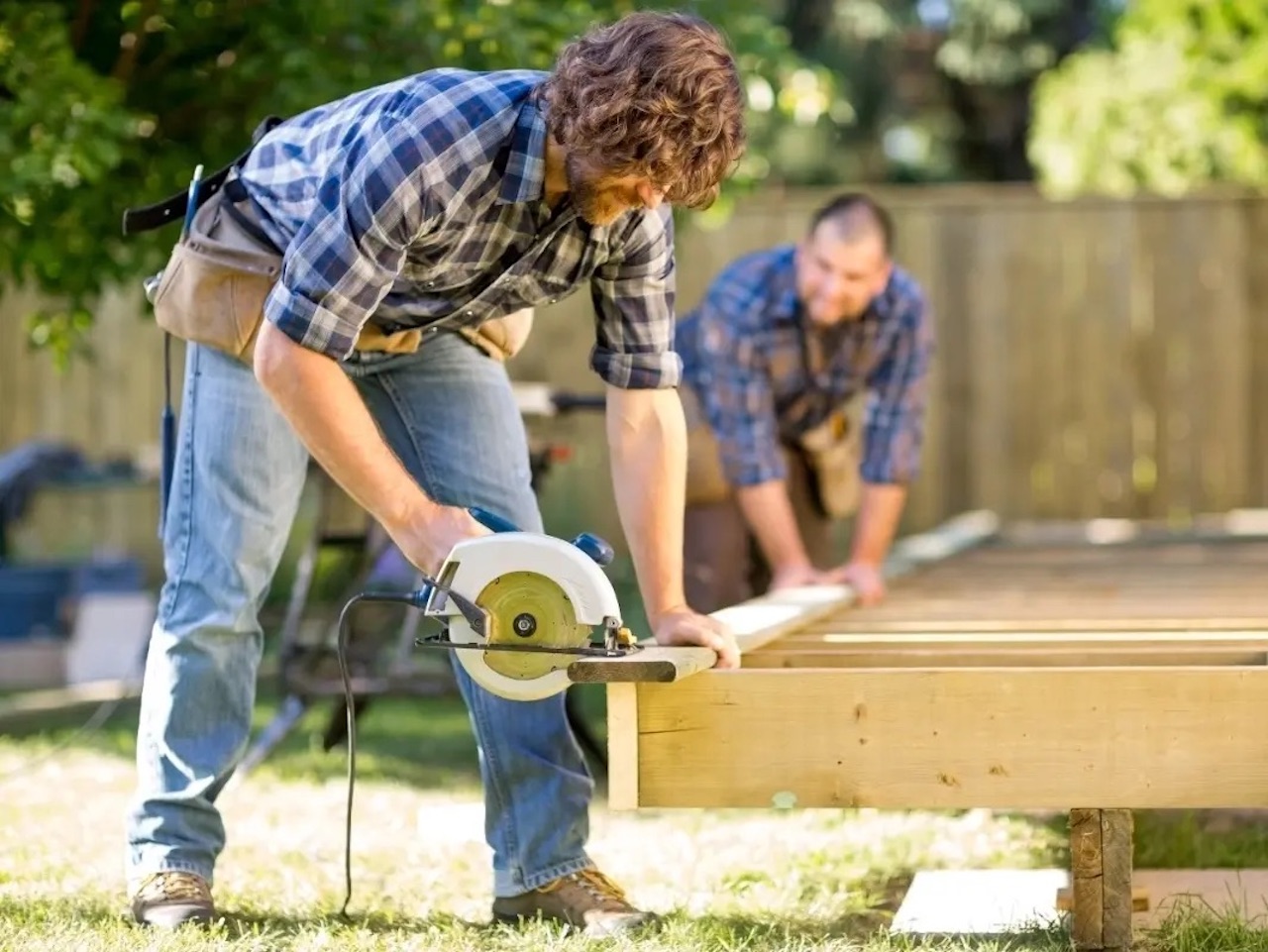
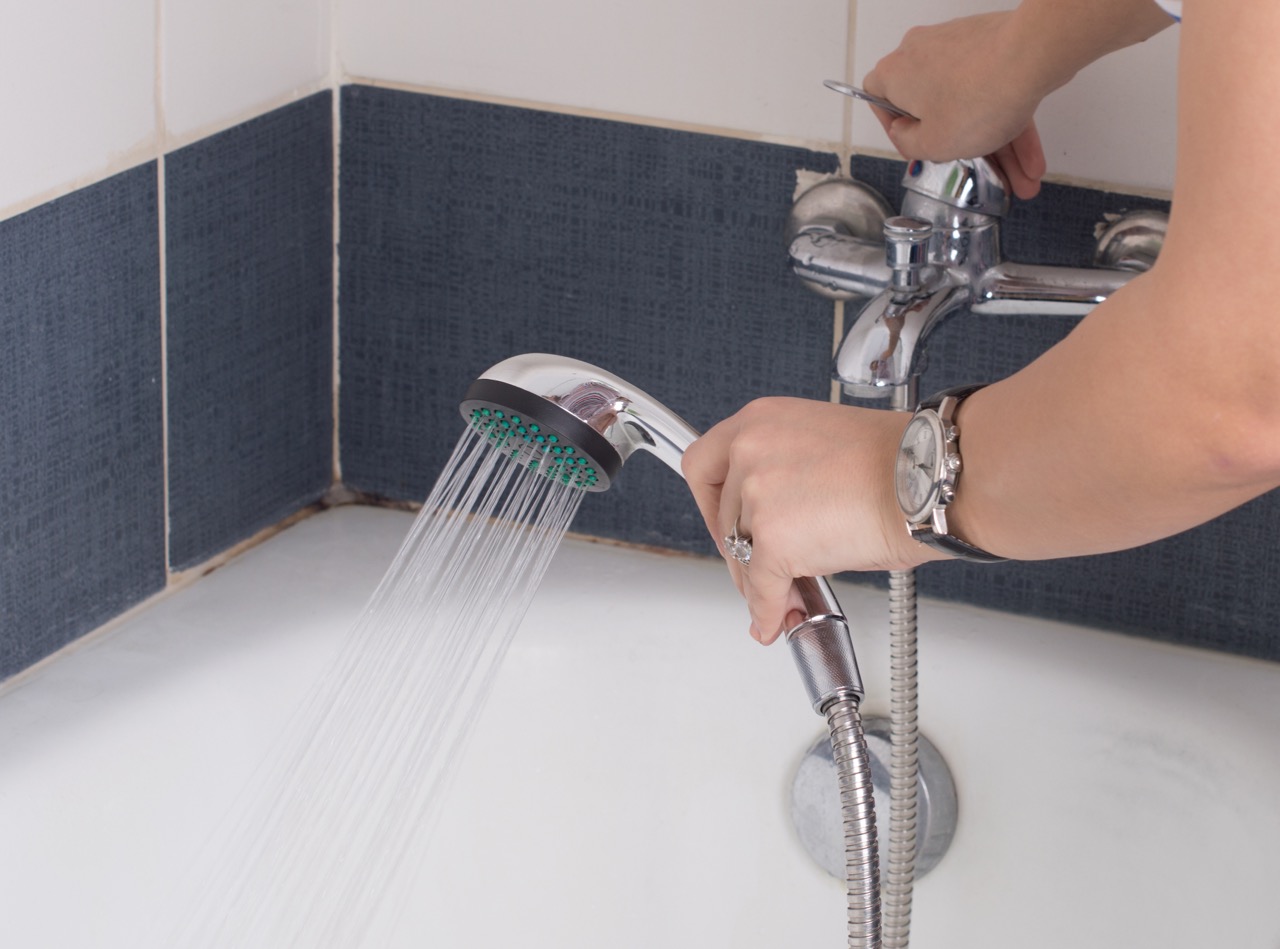
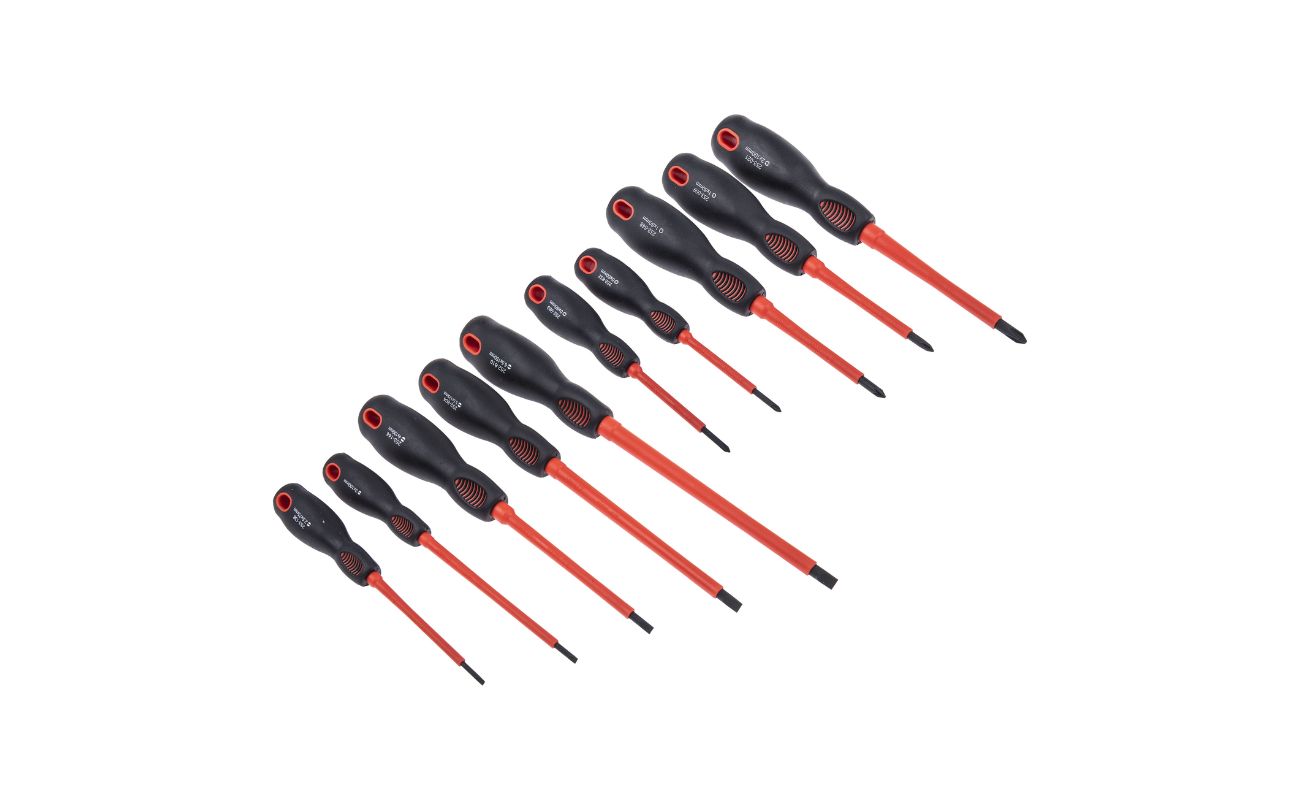
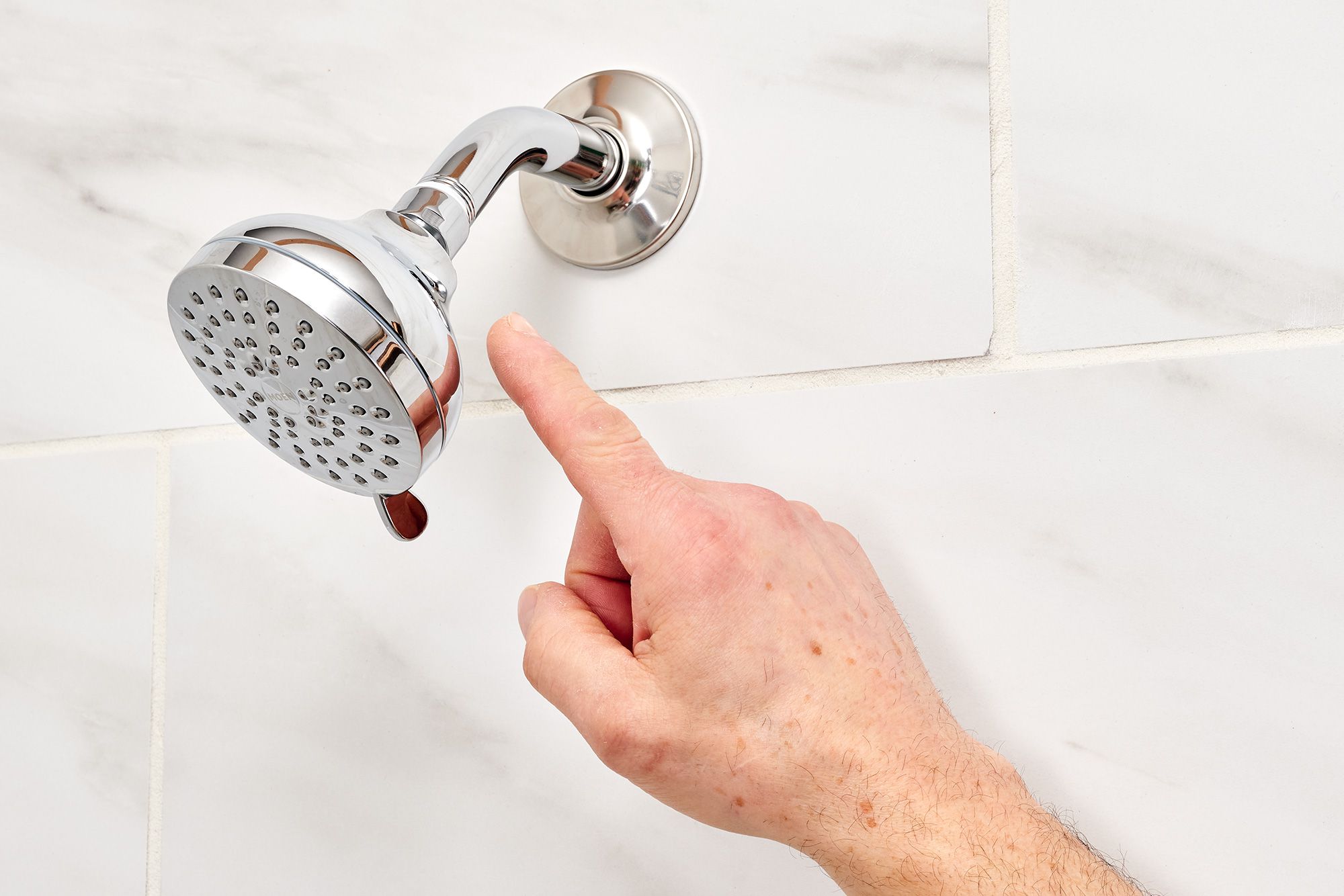
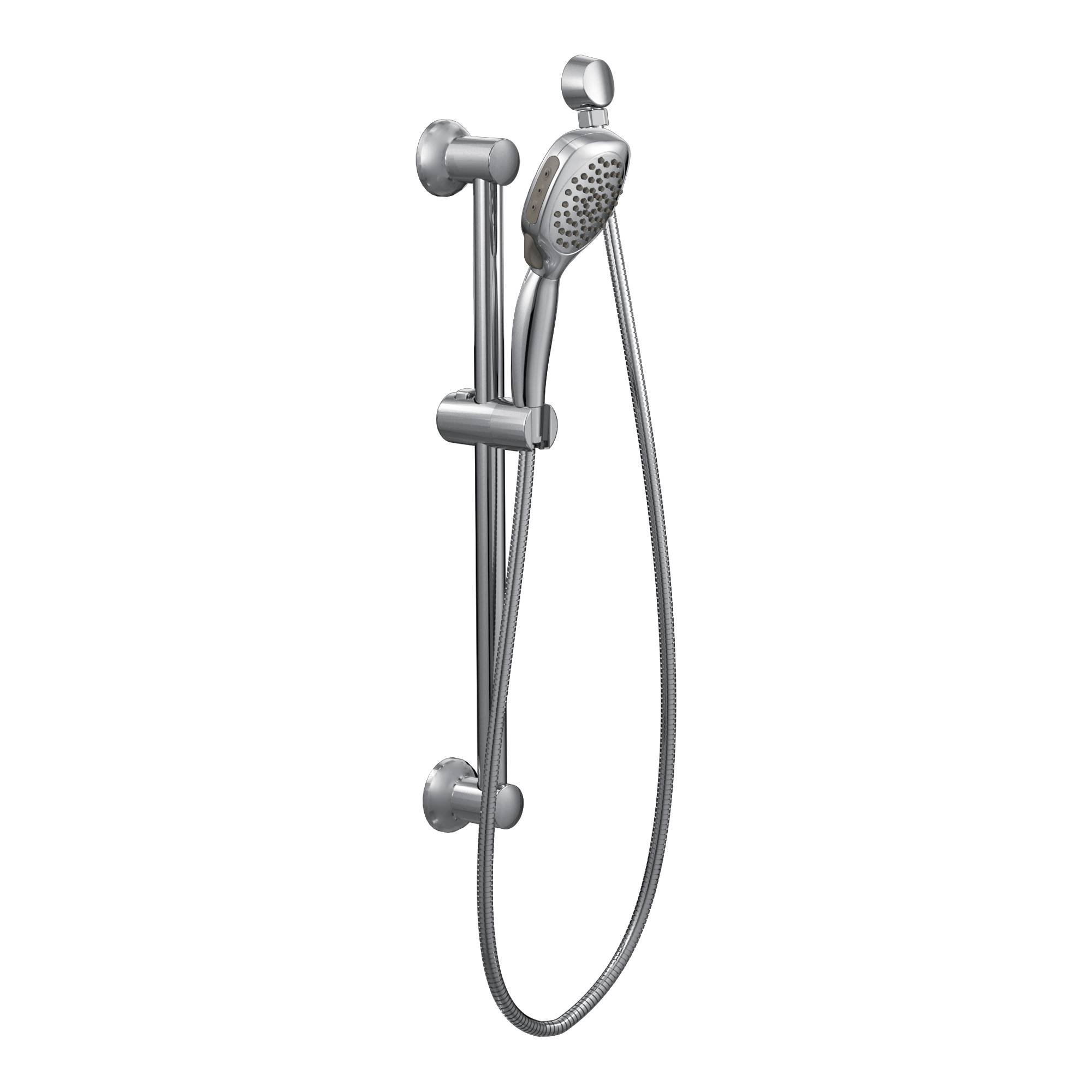
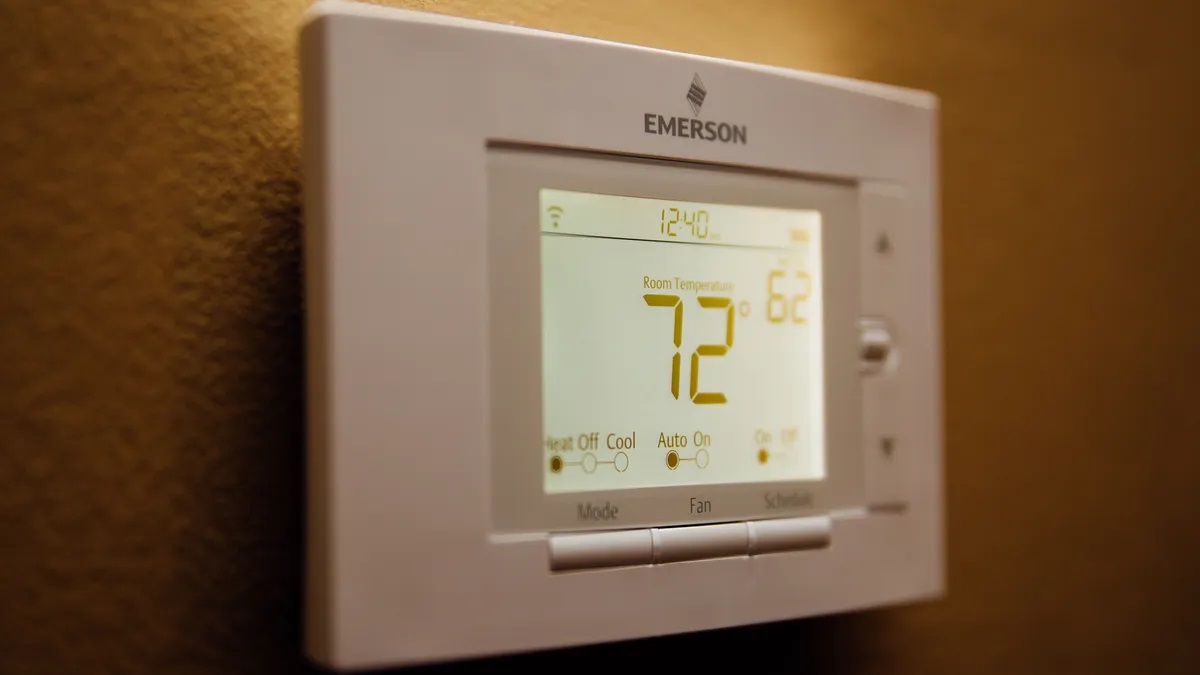
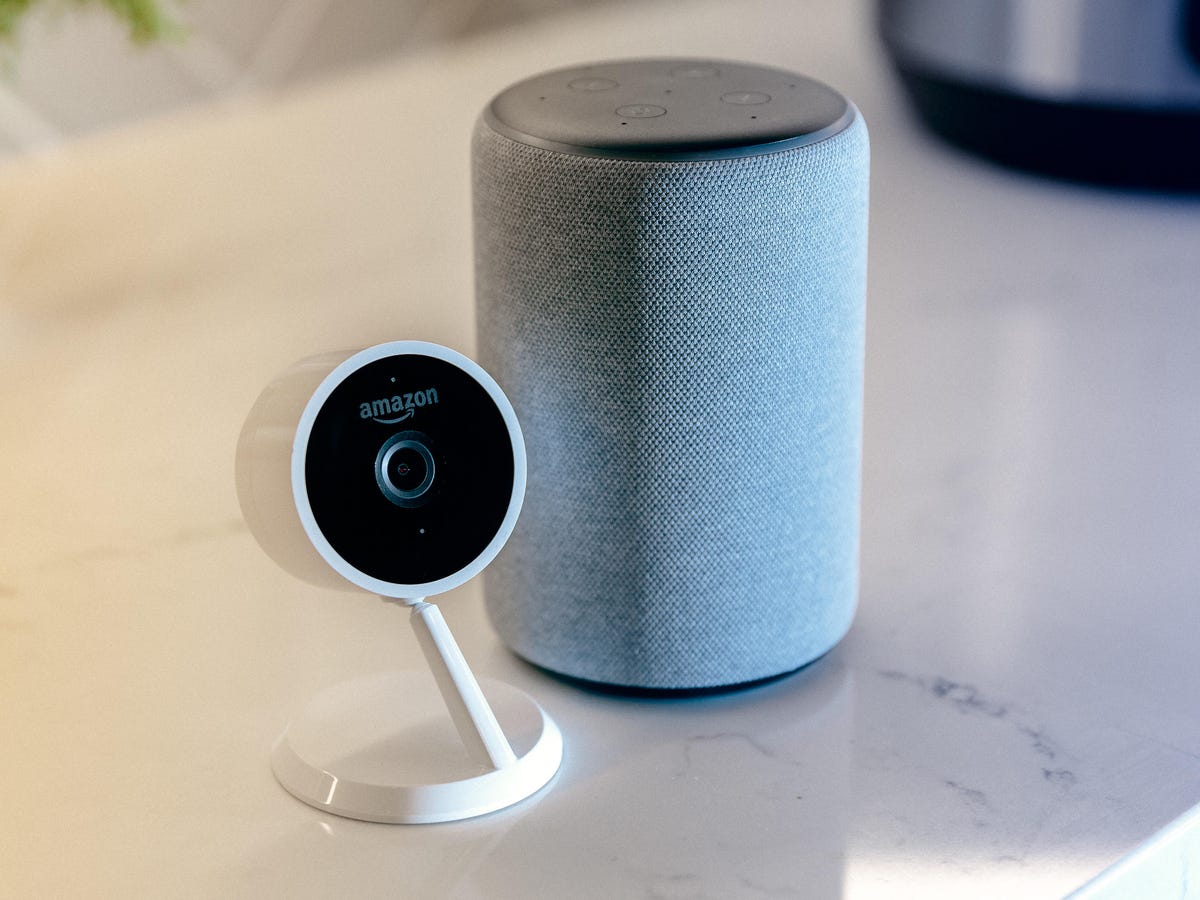
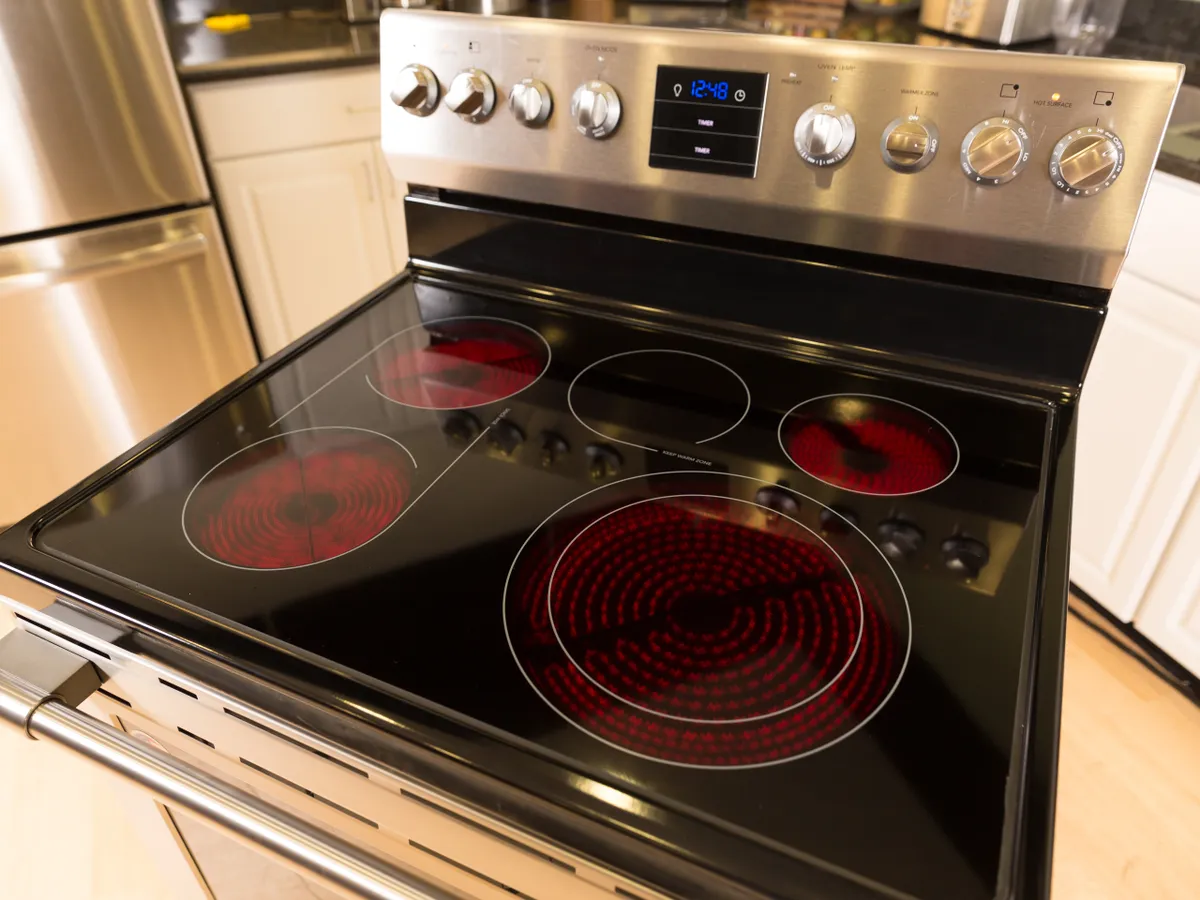

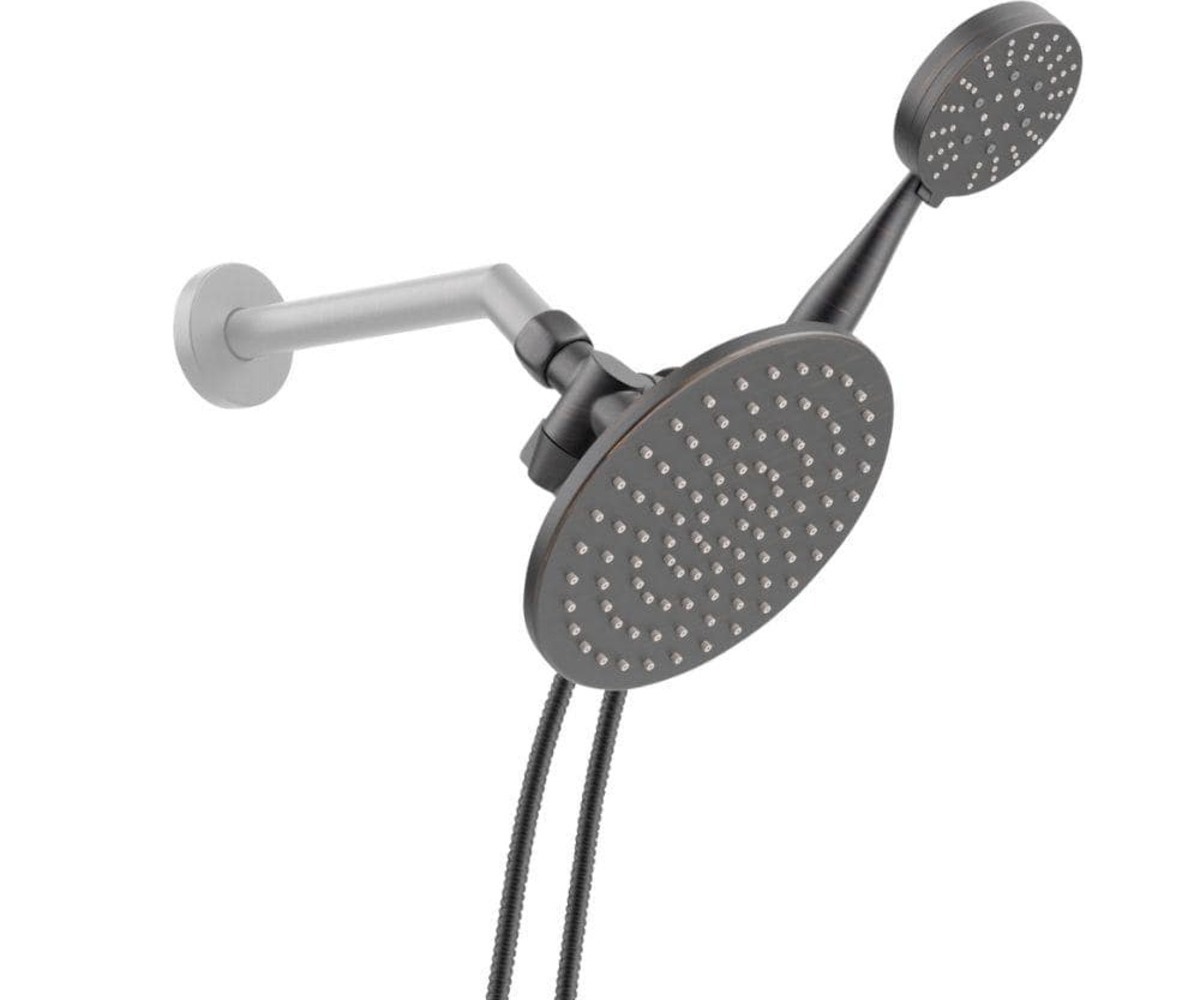
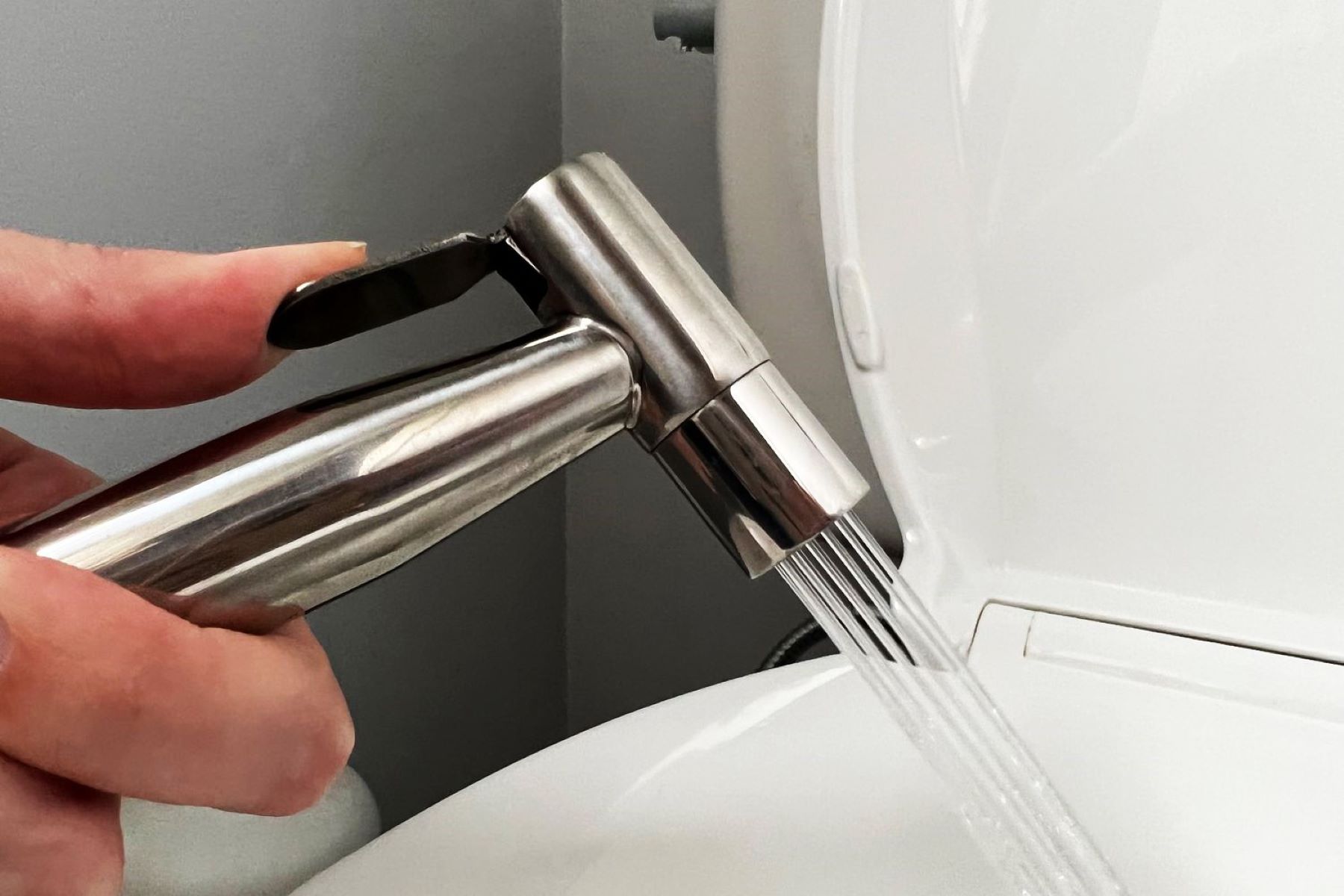
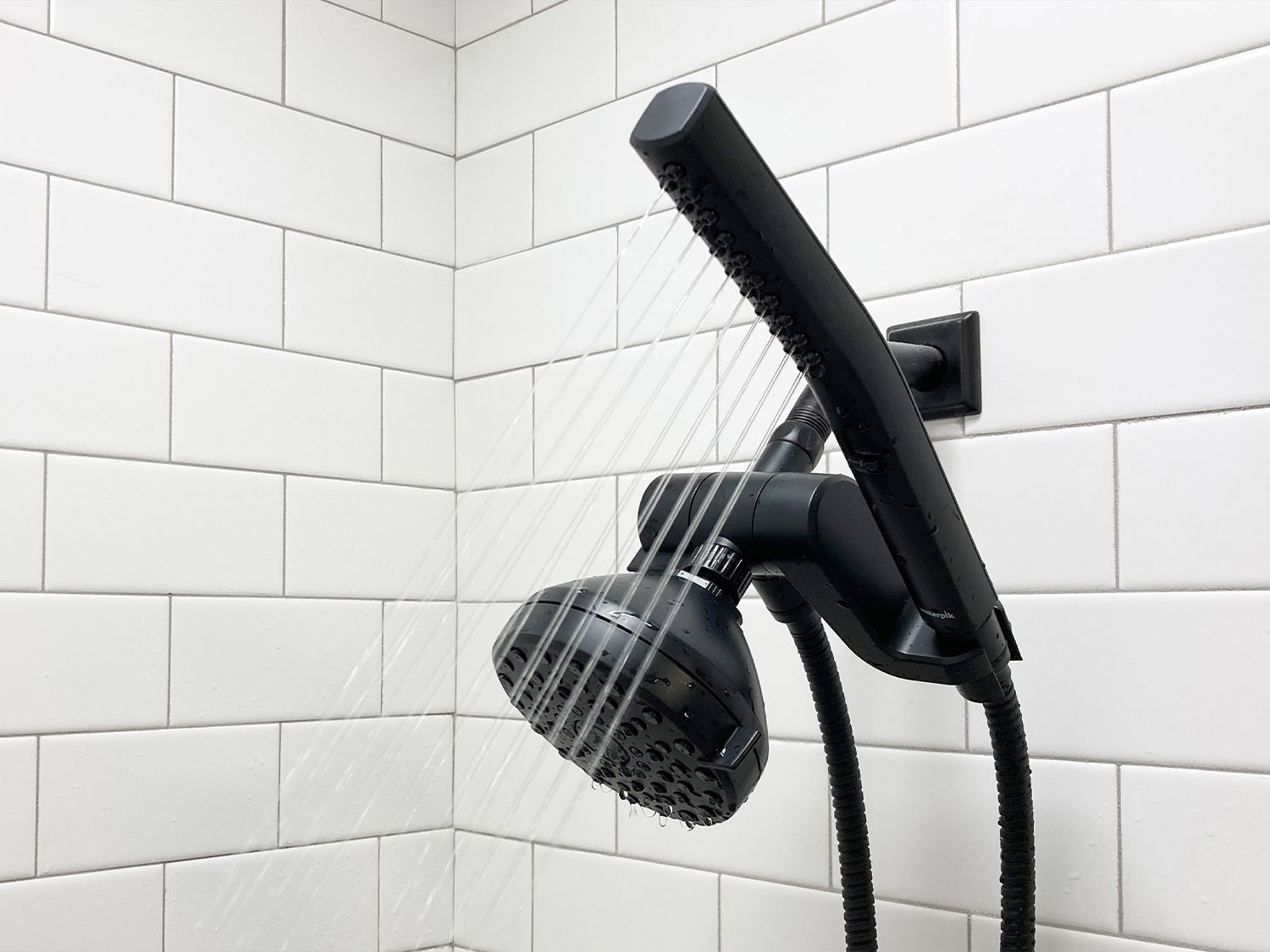
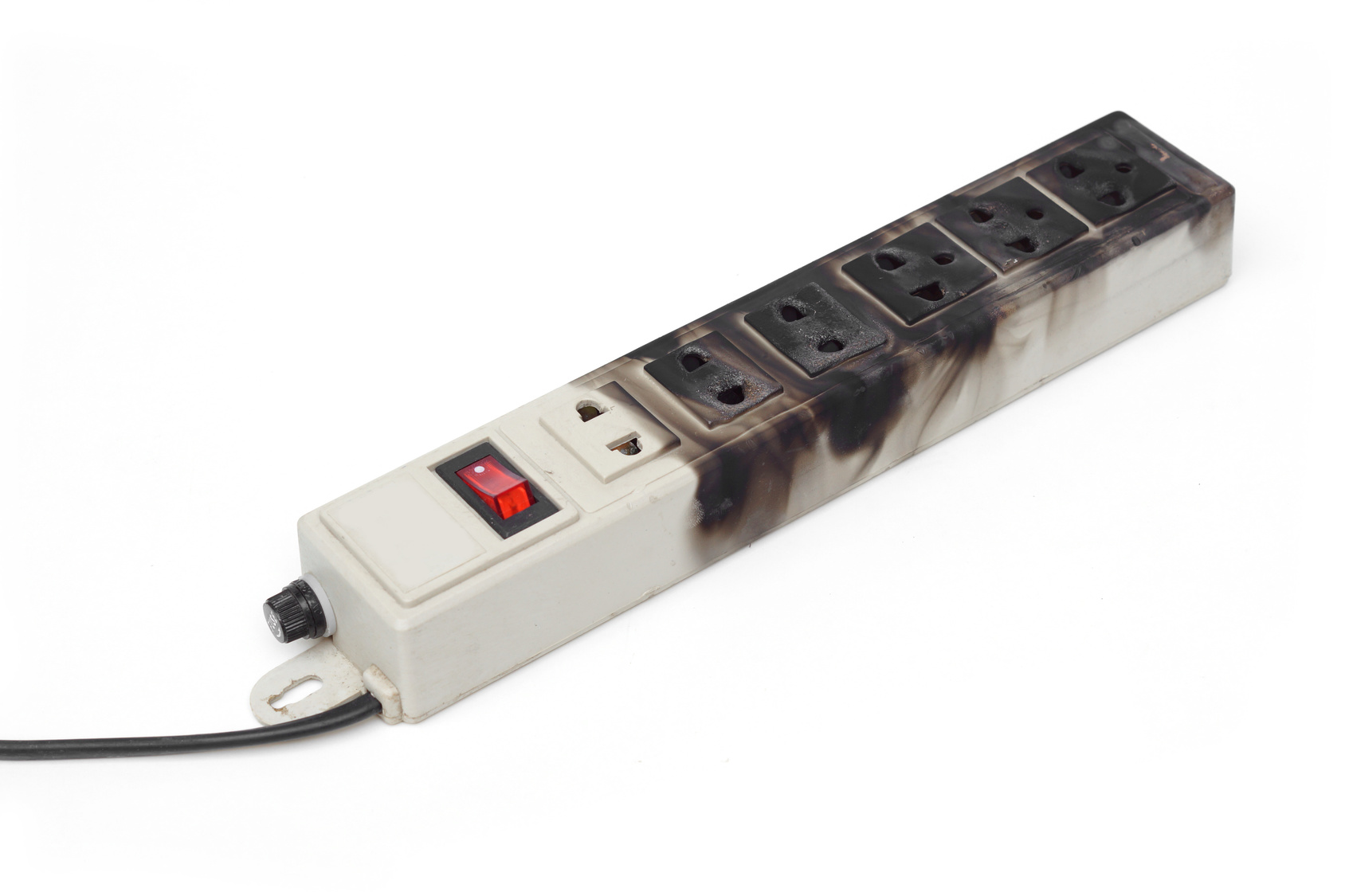

0 thoughts on “How Do You Know If You Can Use Handheld And Showerhead At Same Time”